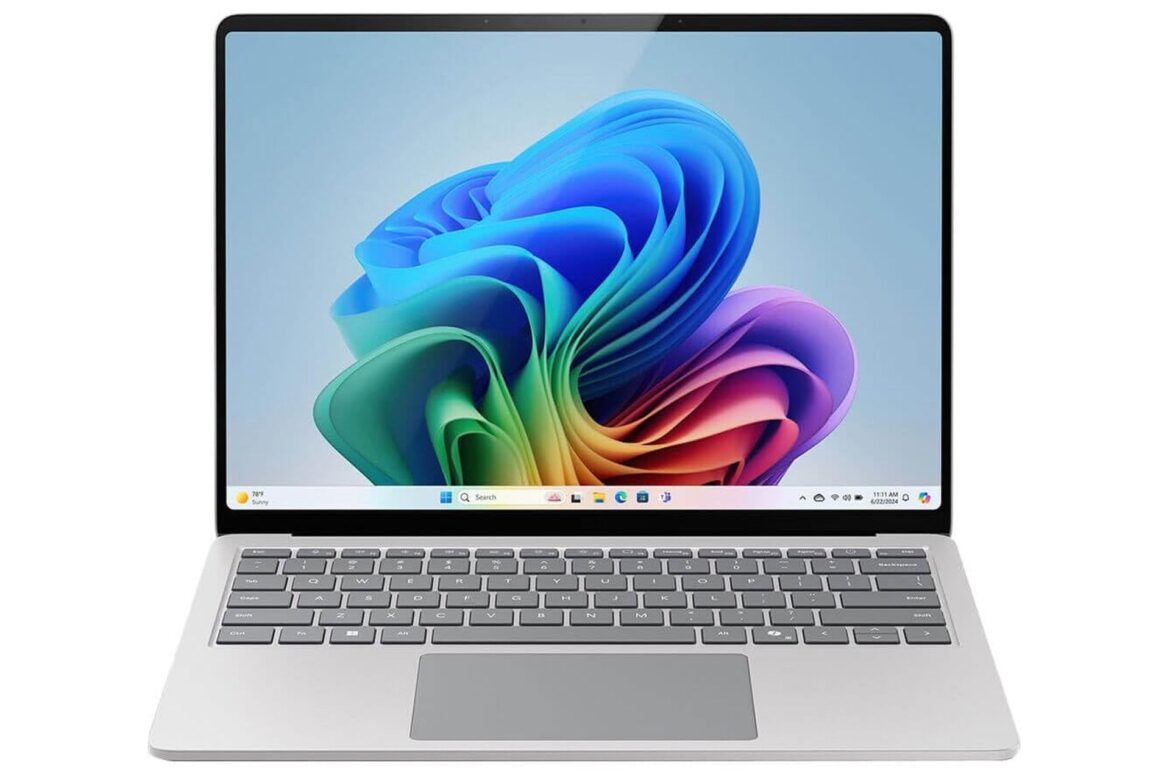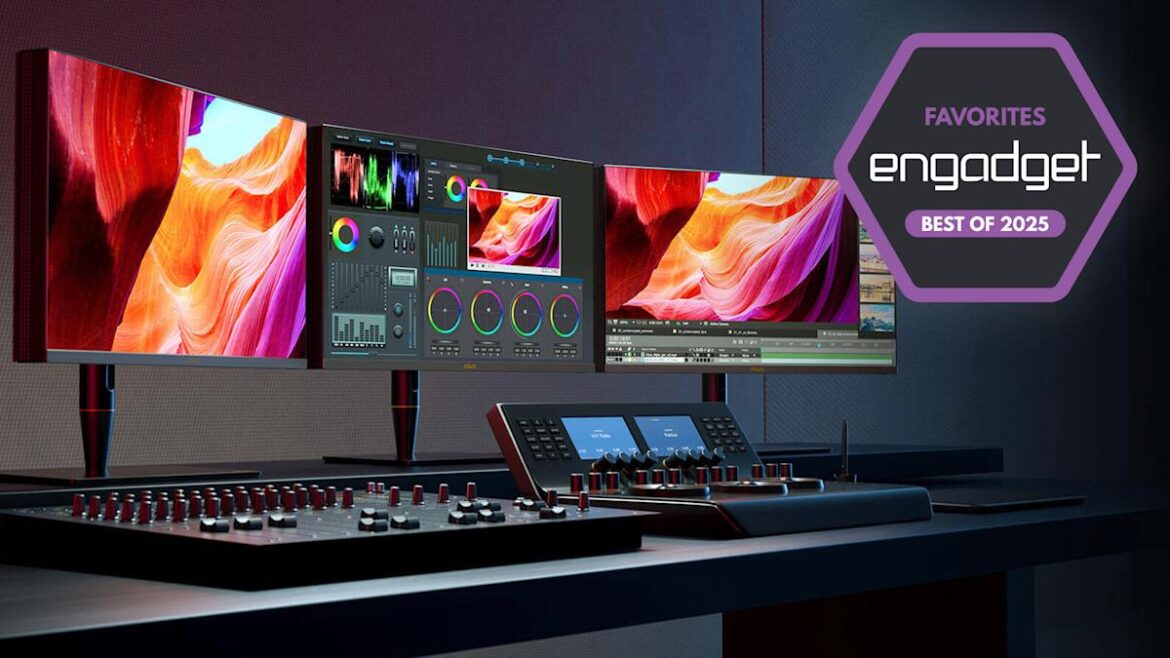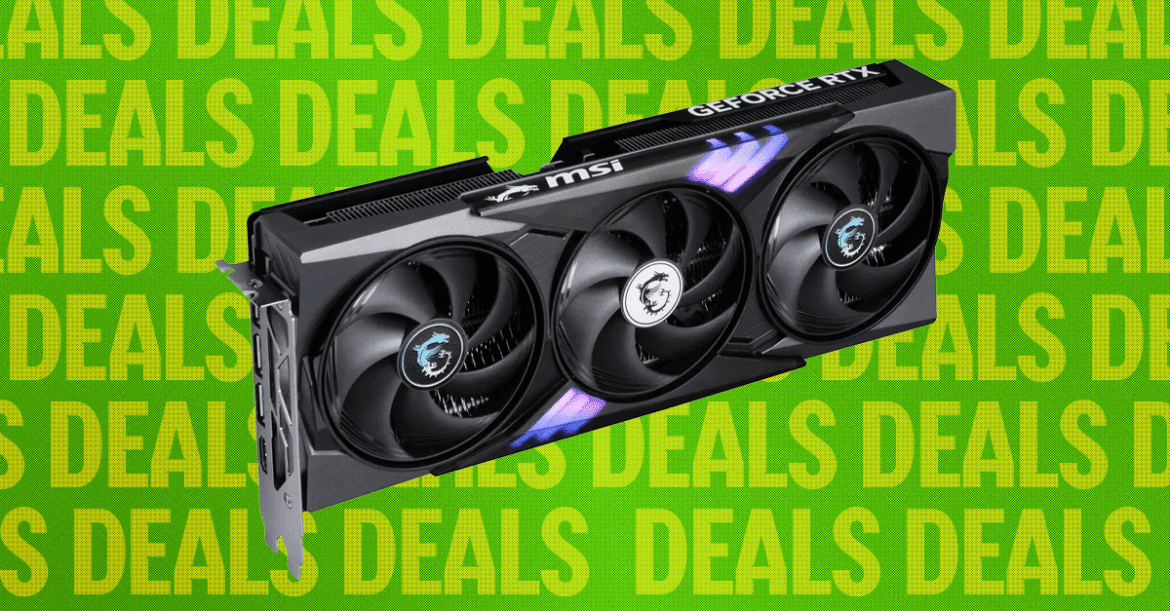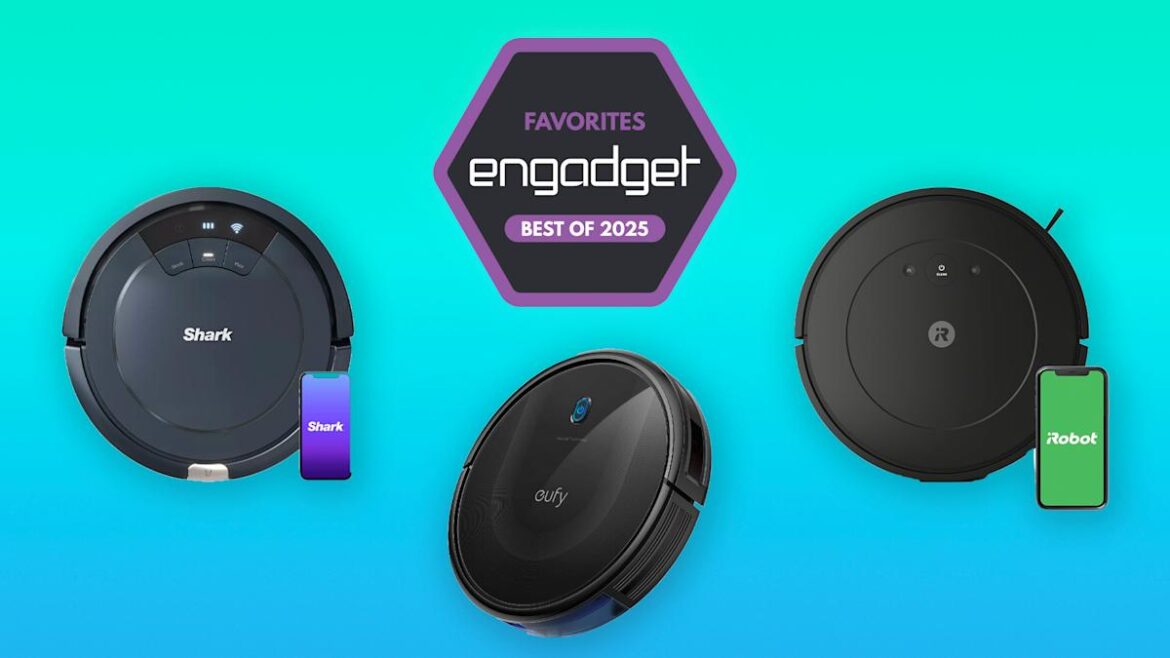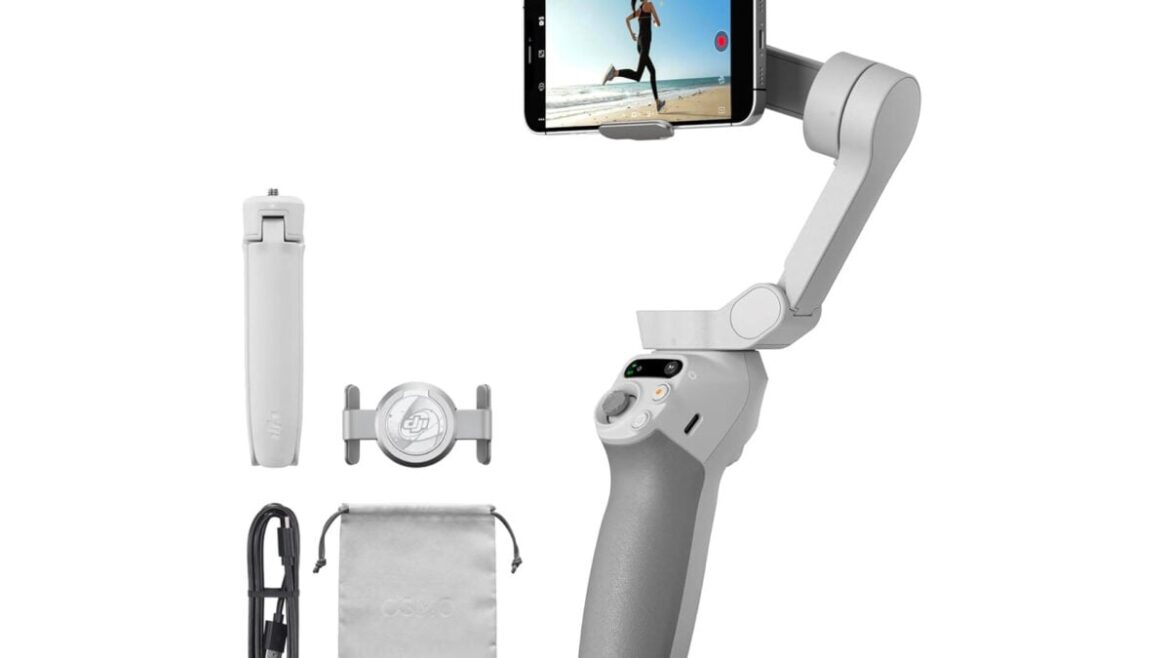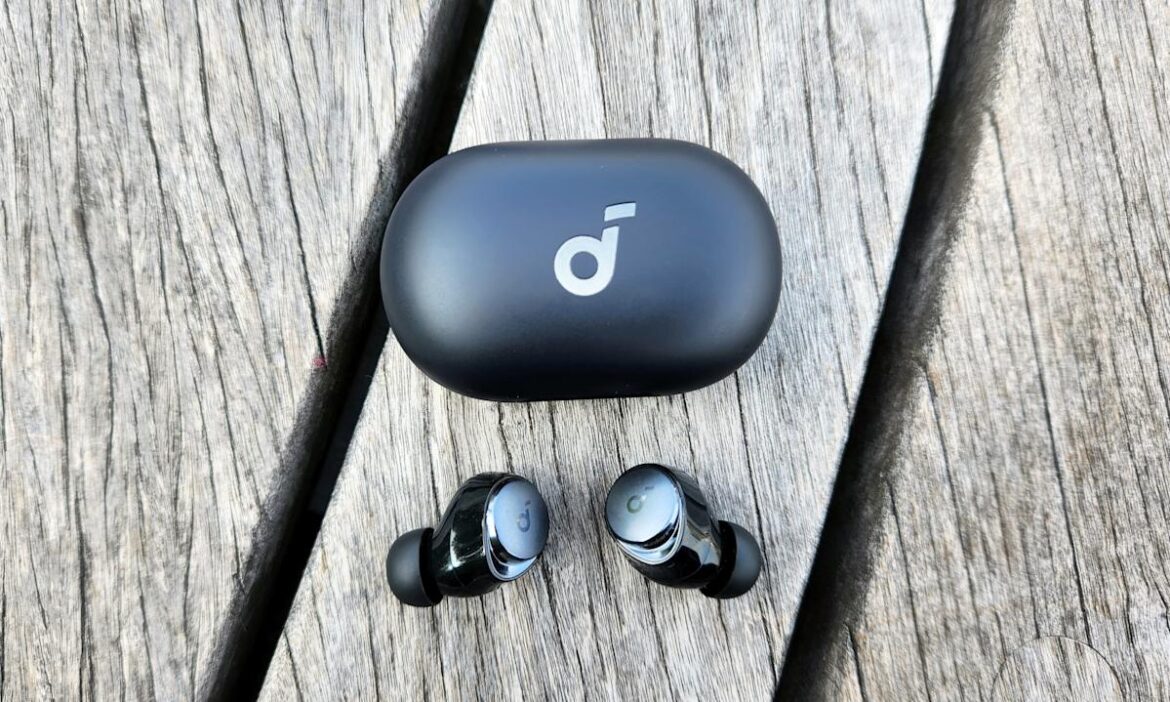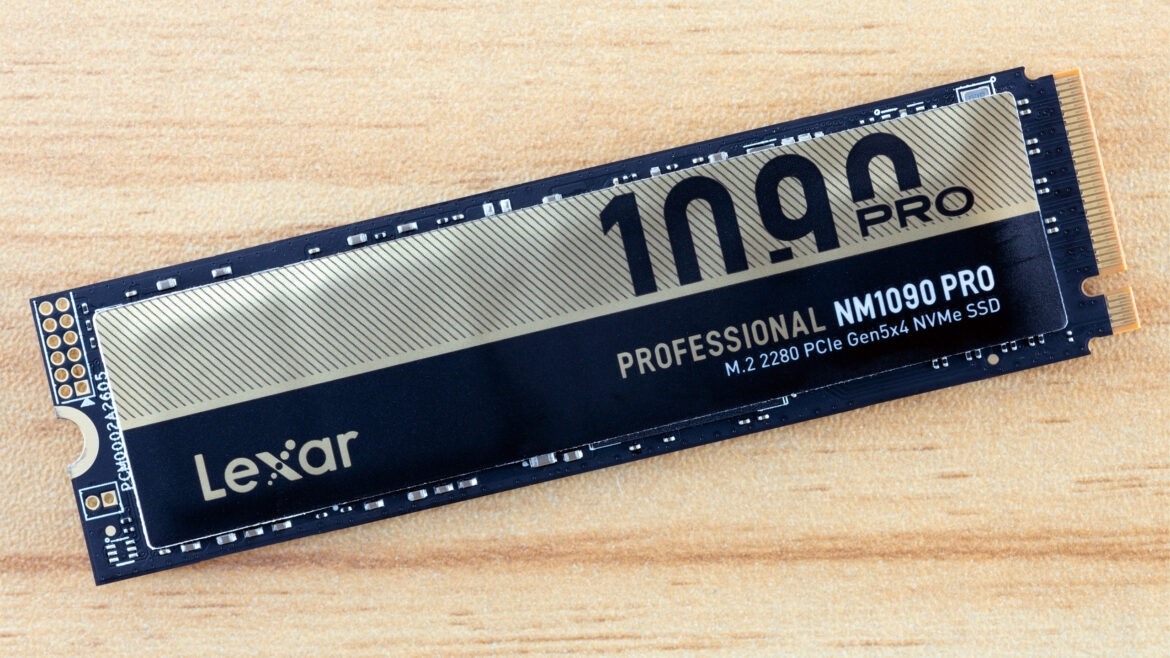Finding a laptop that will keep up with your hectic schedule without constantly hunting for an electric outlet is more difficult than it should be: You want one that is built for serious multitasking, video conferencing that won’t make you look like you’re calling from a basement and sufficient battery life to make it through an entire workday plus your nightly Netflix binge.
Microsoft’s latest Surface Laptop meets all these requirements and right now it’s going through an unprecedent price reduction for Prime Big Deal Day on Amazon. The manufacturer just debuted a whopping $400 off its highest-end laptop configuration, cutting the cost from $1,399 to just $972. This is the configuration with high-end specs such as 512GB SSD storage and the Snapdragon X Elite processor.
See at Amazon
Copilot+ PC Revolution Now Here
This is not another Surface Laptop refresh: Microsoft is entering its second computing epoch with Copilot+ PCs and this 2024 laptop is its most ambitious yet to date when it comes to integrating AI capabilities. The Snapdragon X Elite processor is 12-core and incorporates a dedicated NPU (neural processing unit) that does AI tasks on your device, locally.
The 13.8-inch touchscreen display employs vibrant HDR technology concentrated in an ultra-thin form that ensures screen real estate is maximized and doesn’t increase the laptop’s footprint size. With the touch aspect of the display, it changes your dynamics with your work, and it feels second nature to annotate pages of your document with your hand, navigate through web pages, or zoom in on pictures with fluid gestures. With razor-thin bezels, it gives you more viewing real estate in a small form factor, and it makes a difference if you’re looking at trying to display two documents side by side or if you’re editing a detailed spreadsheet.
Battery life has always been a pain point for Windows laptops, but the Surface Laptop flips that narrative: You’re getting up to 20 hours of usage on a single charge, which means you can work through an entire day and still have juice left for streaming or gaming in the evening. This extended battery life comes from the efficiency of the Snapdragon X Elite’s ARM-based architecture, which sips power rather than guzzling it like traditional x86 processors.
The Copilot+ features genuinely change how you work: Windows Studio Effects enhances your video calls by improving lighting conditions, canceling background noise and blurring distracting elements in your environment. If you’ve ever taken a call from a poorly lit room or worried about the mess behind you, these features solve those problems in real time. The Recall feature creates an explorable timeline of everything you’ve done on your PC which makes it easy to retrieve that document you worked on last week or find that website you can’t quite remember. Real-time subtitle translation supports 44 languages during video calls or streaming.
At $972, this Microsoft Surface laptop features high-end specs and up-to-the-minute AI capabilities in a package that is affordable for more consumers. With this Prime Big Deal Day offer, it is a unique chance to own Microsoft’s flagship laptop at close to average PC prices.
See at Amazon

